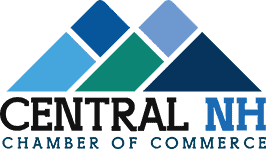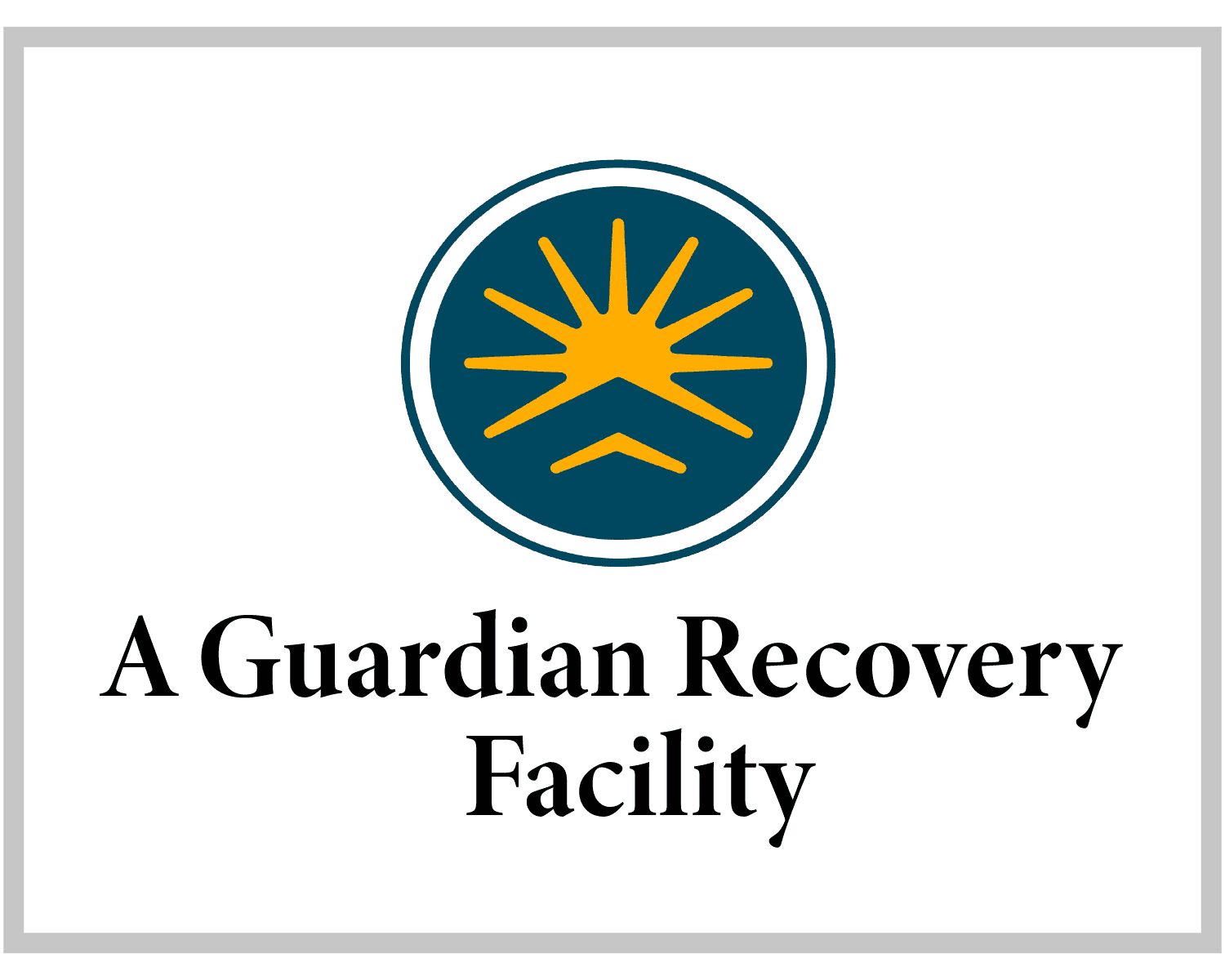Understanding 30-Day and 90-Day Treatment Models
Most addiction treatment programs fall into two primary residential models: the 30-day short-term program and the more intensive 90-day long-term program, each offering distinct approaches to recovery and rehabilitation. These models differ markedly in their treatment philosophies, with 30-day programs focusing on immediate stabilization and foundational recovery skills, while 90-day programs allow for deeper therapeutic work and behavioral modification.
The selection between these options often depends on various factors, including individual preferences, severity of addiction, and concurrent mental health conditions. While 30-day programs provide a concentrated introduction to recovery principles and coping strategies, 90-day programs offer extended time for implementing these tools, developing stronger support systems, and addressing underlying trauma or behavioral patterns that may contribute to substance use disorders. Residential inpatient treatment provides a structured environment where individuals can focus entirely on their recovery journey without outside distractions or triggers.
Success Rates and Recovery Outcomes
Examining success statistics across different residential treatment durations reveals compelling evidence for the superiority of longer-term programs in achieving sustained recovery results. Research consistently demonstrates that 90-day programs yield success metrics nearly double those of 30-day alternatives, with relapse frequencies considerably lower among extended-stay participants.
Treatment efficacy data discloses that individuals completing 90-day programs show markedly improved results in several key areas:
– Sustained sobriety at 1-year post-treatment (65% vs. 35%)
– Enhanced coping skill development
– Lower frequencies of readmission
– Stronger support system establishment
– Better management of co-occurring disorders
These findings align with neurological research indicating that the brain requires approximately 90 days to establish new behavioral patterns and healing mechanisms, supporting the therapeutic advantage of extended residential treatment programs.
Key Factors in Choosing Treatment Duration
Several interconnected variables must be carefully evaluated when determining the ideal duration of residential rehabilitation treatment, as the decision extends far beyond a simple time commitment. The severity and longevity of addiction, presence of co-occurring disorders, and previous treatment experiences greatly influence required treatment length.
Treatment personalization plays an essential role, as each individual’s recovery journey demands unique consideration of their specific circumstances, support systems, and environmental triggers. Additionally, individual readiness serves as a vital determinant, encompassing both psychological preparedness and lifestyle factors that may impact treatment success.
Key considerations include:
– Financial resources and insurance coverage
– Family and work obligations
– Medical complications requiring specialized care
– Level of social support available post-treatment
– Geographic accessibility to ongoing care services














